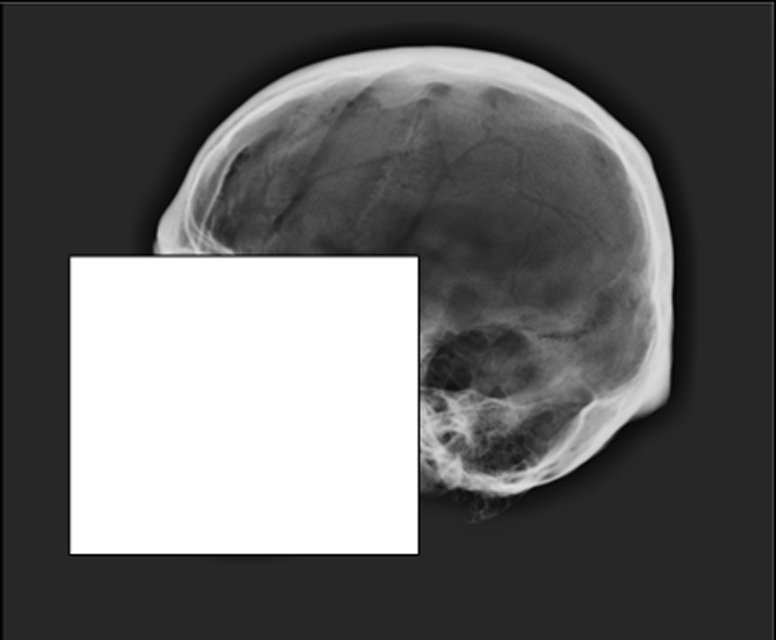Research Questions Longstanding Forensic ID Technique

 A recent study from NC State forensic anthropologists found that even forensic experts have a hard time making a positive identification of human remains based on the shape of a person’s skull.
A recent study from NC State forensic anthropologists found that even forensic experts have a hard time making a positive identification of human remains based on the shape of a person’s skull.
Specifically, only 56 percent of forensic anthropology Ph.D.s (the bone experts) could correctly match two images of the same skull, based solely on the “cranial vault outline” of the skull – the side profile of the skull running from just above the bridge of the nose to the point where the skull and neck meet.
“In a lot of cases, murder victims or the victims of disasters are from lower socioeconomic backgrounds and don’t have extensive dental records we can use to make a match,” says Dr. Ann Ross, a forensic expert and professor of anthropology at NC State who is senior author of a paper on the new study. “But those people may have been in car accidents or other incidents that led them to have their skulls X-rayed in emergency rooms or elsewhere. And those skull X-rays have often been used to make IDs. I’ve done it myself.
“But now we’ve tried to validate this technique, and our research shows that the shape of the skull isn’t enough to make a positive ID,” Ross says.
A paper describing the work, “A Radiographic Study on the Utility of Cranial Vault Outlines for Positive Identifications,” is published online in the Journal of Forensic Sciences. You can also read more about the research, including quotes from the researchers in this news release by NC State news writer Matt Shipman. And you can take the test yourself on NC State’s research blog, The Abstract.
- Categories:


